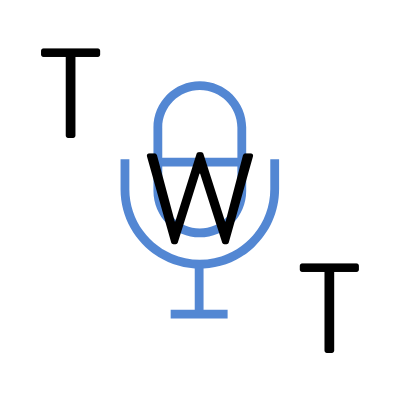Episode 190: TWT Live: Closing the Gap - Part 1
This week, we share Chris and Rachel’s presentation from last year’s Closing the Gap called “Brainstorming Solutions to Real-Life AAC Questions”. During this week’s Part 1 episode, Chris and Rachel share about evaluating evidence-based practices, when to consider “verbal” clients for AAC, how to determine when someone is ready for AAC, and more!
Before the interview, Chris and Rachel discuss ABA therapy and why working with ABA therapists can be very helpful in some cases, but difficult in others. Rachel shares about working with an ABA team that refuses to follow suggestions about working with her client’s AAC device, and how that has impacted her client’s progress using AAC. Chris also shares his three questions that he asks himself before employing a strategy like AAC:
Is it research based?
What are professionals saying?
What are the people who are using the strategy saying worked for them?
Chris notes that, in particular, the last question can be very important. Chris wonders whether the people who are getting ABA are saying “thank you” afterwards for the intervention.
Key ideas this week:
🔑 Consider AAC when someone has a high level of scripted phrases - AAC can be a great way to build novel generative language skills. Build vocabulary skills with more abstract language concepts.
🔑 Just because someone has speech some of the time doesn’t mean they have speech all of the time. AAC can be a great backup for people who have inconsistent difficulty with expressive language.
🔑 There are no prerequisites for high-tech AAC - people learn to use AAC when they are given the time and the oppertunity to learn it.
